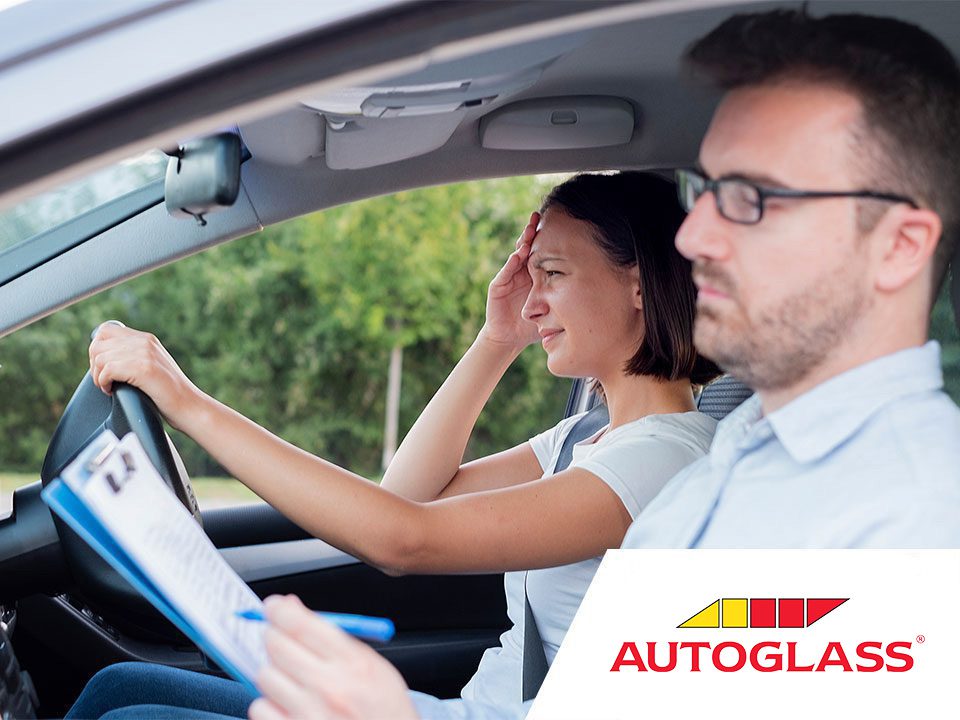
Common Driving Test Mistakes And How To Avoid Them
It can be a long road to becoming a fully licensed driver here in Ireland and we all know just how nerve wracking exams can be, especially the practical driving test where it feels like even the smallest error can spell disaster and send you back to square one! You’ve aced your driving theory test, finished your lessons, practiced hard and gone through all the necessary driving test preparation – the only thing left to do is show the examiner that you have what it takes to make your own way on the roads. So, we’ve read expert accounts, checked the figures and consulted with instructors to get familiar with some of the most common driving test mistakes that lead to a fail. If you avoid the errors listed below – you should be well on your way to passing your driving test.
Planning ahead for the day of your Driving Test >>
Car Unroadworthy or Incomplete Documentation
One of the most common driving test mistakes concerns the car itself. Make sure that your insurance disc, tax disc and NCT disc are all up to date and clearly on display in advance of your test. Similarly, double check that your learner permit is not out of date and that your L plates are clearly displayed. Finally, double check that there are no warning lights showing on your dashboard, your tyres are not bald or badly worn and that your brake lights are in full working order. Naturally, none of these safety concerns should be a problem if you have recently passed your NCT. That said, it is always worth considering these sorts of issues once you have been provided with the date of your test.
Rolling or Incomplete Stops
According to driving testers, one of the most common mistakes made by learners taking their driving test here in Ireland is failing to bring their car to a complete stop at the appropriate time. Many learner drivers have been known to slow down their car partially when they encounter a red light or stop sign but fail to bring their vehicle to the point of a complete stop.
Be certain to apply your brakes and bring your car to a complete halt when it is appropriate to do so. Another helpful hint to keep in mind during your driving test is that you always must stop the car entirely when you intend on taking a right-hand turn at any intersection.
15 Top Tips for Passing your Driving Test >>
Lack of control
It’s important to show your tester that you are confident in your abilities when you are behind the wheel but beware of growing lackadaisical in your steering. During your test, don’t remove either of your hands from the steering wheel (unless changing gears). Your tester will be keeping a keen eye on your steering to make sure you are keeping both of your hands on the wheel in a steady, safe, balanced manner.
The most common mistake made by learner drivers during their driving test tend to relate to use of their clutch or coasting. That is to say, driving with the clutch down for a prolonged period while slowing/stopping or putting the car in neutral as you are coming to a stop.
Be certain to release the clutch every time as you are moving through gears. Your tester will mark you down for consistently stopping in the wrong gear. On a similar note, you will be marked down for selecting gears too quickly (e.g shifting into 4th gear before reaching even 30km) or selecting an inappropriate gear for a task like taking a sharp turn.
Testers also mark down for a lack of confidence in your braking. Avoid erratic jabbing of your brakes and strive for smooth consistent braking. Finally, make sure you smoothly and evenly feed your steering wheel back through your hands after turning rather than letting the steering wheel fly back on its own.
Question prep for your Driving License Test >>
Confusion at Junctions
Poor observation and decision making at junctions is one of the top reasons Irish learners fail their driving test. Your tester will mark you down for not showing effective and timely observation and decision making skills while you wait at the junction and also when pulling away from the junction and entering into the path of other motorists. Testers have observed that housing estates in particular can catch out learners and lead to fails. Many tests are conducted around housing estates for obvious reasons but pupils often fail to pay proper attention at junctions in housing estates, they think it’s quiet and they can just travel through the junction without stopping to display sufficient observation to their tester. Even if it appears obviously safe; slow down, remain confident and take the time to properly assess the junction for risk. Crucially, be sure to take the time to thoroughly check your blind-spots before you set off too.
Road Markings and Traffic Lights
As we have discussed, lots of failed driving tests can be chalked up to learners not stopping completely at stop signs or rolling through without stopping.
This can also be extended to breaking the line at traffic lights, entering yellow boxes, driving in cycle lanes or entering into bus lanes. You should also be wary of not stopping at the line when arriving at T junctions and stopping beyond the line or even not stopping at all.
Driving too Slowly
This is perhaps one of the lesser known driving test mistakes – it is understandable to think that your tester might want to see you driving slowly as it easy to associate safe driving with low speeds. Don’t go too slow, try to adhere to speed limits closely and keep pace with the other road users provided they are maintaining a legal speed. Driving too slowly can be just as dangerous as driving too quickly and your testers marks will reflect this.
If you keep these tips in mind and stay vigilant about your control, speed and complex portions of the test like junctions – you should be well able for whatever your driving test should throw at you. Ultimately, you’ve done the hard work and finished your lessons, now all you have to do is illustrate your confidence and show your tester that you’re ready to hit the road.
We hope you found this guide helpful. Be sure to check back with the Autoglass® blog soon for more motoring tips, guides and explainers.
Book an appointment now
For a quick and easy way to make an appointment book online now.
